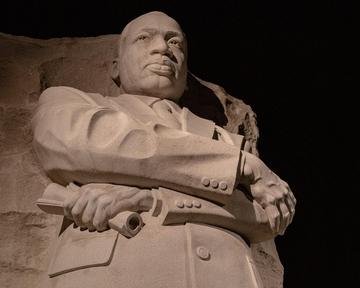Quiz Answer Key and Fun Facts
1. One of the first efforts to restrict rights were voter suppression laws. What is NOT one of the strategies used in the 1880s and 1890s to prevent African-Americans from voting?
2. What US Supreme Court decision created the legal fiction of "separate but equal"?
3. What novel is the basis for the D.W. Griffith film "The Birth of a Nation"?
4. What southern born US President set back race relations in the United States by decades when he re-segregated the federal government?
5. During the "Red Summer" of 1919, what major US city witnessed a two week race riot that resulted in 38 deaths?
6. During the "Red Summer" of 1919, what southern state had race riots that caused the death of at least 100 African-American sharecroppers?
7. African American jockeys were "banned" from the Kentucky Derby in 1903, not because they were bad riders, but because they were too successful.
8. What US state had the most powerful Ku Klux Klan in the 1920s, going so far as to elect Klan member Edward L Jackson governor?
9. What northern state had the highest number of confirmed "Sundown Towns" where African-Americans were prohibited after sunset?
10. What US state had the most lynchings of African-Americans between 1882 and 1968?
Source: Author
parrotman2006
This quiz was reviewed by FunTrivia editor
bloomsby before going online.
Any errors found in FunTrivia content are routinely corrected through our feedback system.

